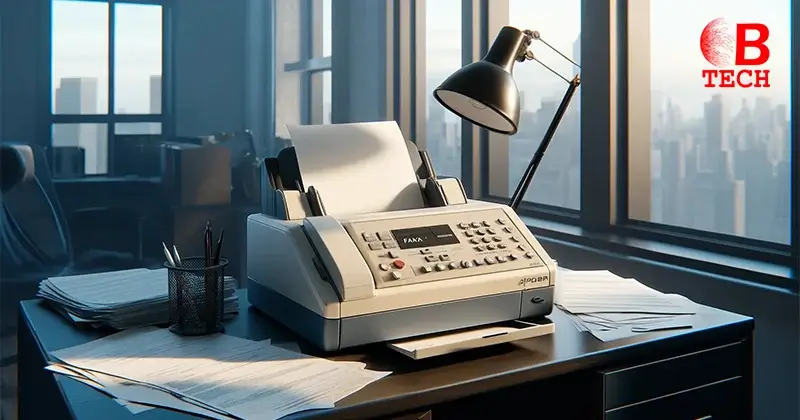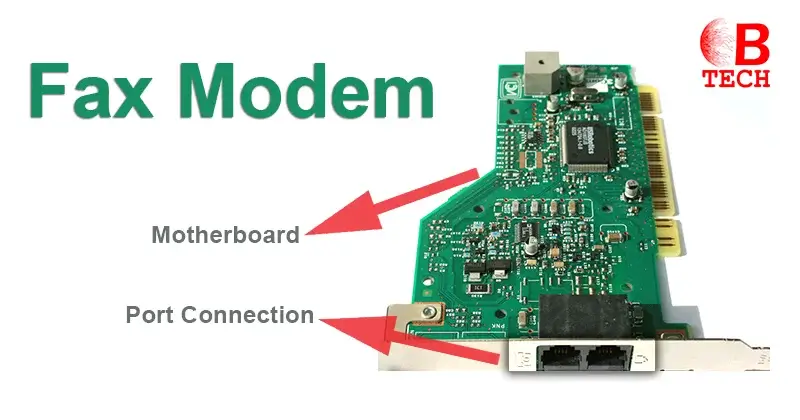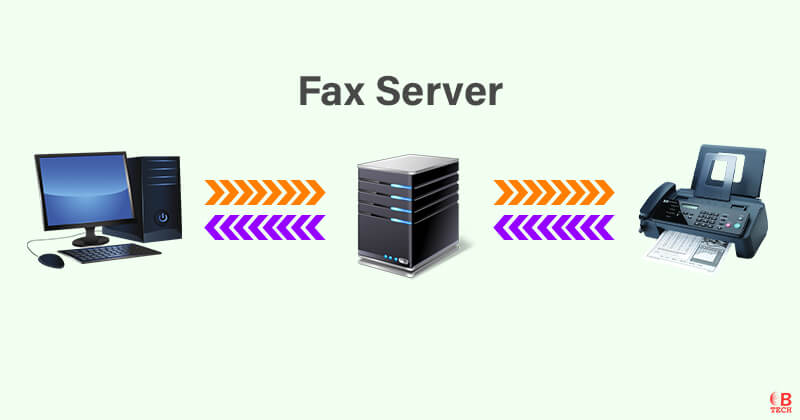What Does Facsimile Machine Mean?
Facsimile machines (Fax machines) also called telefax or telecopy machines transmit text and images electronically using public switched telephone networks (PSTN) and the Internet.
Digital facsimile machines compress data using modified Huffman and modified read data compression formats and scan at resolutions ranging from 100 to 400 lines per inch (LPI).
Facsimile machines are categorized based on their class, group, data transfer rate (DTR) and compliance with the International Telecommunication Union’s Standardization Sector (ITU-T).
“Despite the rise of email and instant messaging, the facsimile machine has held its ground, proving that in some cases, the security and physicality of a transmitted document are irreplaceable.”
Techbonafide Explains Facsimile (FAX) Machine
Introduction to Facsimile Technology
In 1843, Alexander Bain revolutionized communication with the introduction of facsimile technology. His invention, a two-pen and two-pendulum apparatus, could replicate handwriting on an electrically conductive surface.
Shift to Modern Facsimile Technology
Recent advancements have led to a transition from traditional facsimile machines to more sophisticated server and cloud-based options, such as Google cloud storage. For instance, direct facsimile routing, like through email, has become popular due to its cost-saving benefits, eliminating the need for additional hardware such as landlines and printers.
Evolution of Facsimile Machines
Facsimile machines have continuously evolved to meet the ever-changing demands of the market for more convenient communication methods.
Facsimile Machine Groupings
Facsimile machines are categorized into different groups:
Groups 1 & 2: Analog Transmission
- Scanned lines are transmitted as continuous analog signals.
- The quality of horizontal resolution depends on the scanner, printer and transmission quality.
- Group 1 adheres to ITU-T Recommendation T.2, with an approximate transmission time of six minutes per page and a vertical resolution of 96 LPI.
- Group 2 conforms to ITU-T Recommendations T.30/T.3, transmitting approximately three minutes per page with a 96 LPI vertical resolution. It’s also compatible with Group 3 machines.
Groups 3 & 4: Digital Compression
- Digital compression techniques are employed to reduce transmission time.
- Group 3 follows ITU-T Recommendations T.30/T.4, with an approximate transmission time of six to 15 seconds per page and fixed horizontal and vertical resolutions as per T.4.
- Group 4 complies with ITU-T Recommendations T.563/T.503/T.6/T.62/T.70/T.72/T.411-T.417. It operates at 64 Kbps using digital Integrated Services Digital Network (ISDN) circuits with a T.6 resolution and T.4 superset.
Facsimile Machine Modem Classes
Facsimile machine modems are classified based on CPU requirements:
- Class 1: With a transmission time of six minutes or less, it connects to a PC and sends data as block frames only. It doesn’t support frame multitasking and aborts during busy signals. The slower versions transmit analog data.
- Class 2: Transmission time is two minutes or less, connecting to a PC or other enabled devices. It organizes data by software session receiving modem transfer commands. Unlike Class 1, it doesn’t transmit frames but handles multitasking efficiently.
- Classes 3 & 4: With a transmission time of 10 seconds or less, most versions work without a computer or software. They are ideal for multitasking and email, less expensive than Class 2 and do not require bulky equipment.
Facsimile Machine Groupings & Modem Classes Comparison
| Category | Facsimile Machine Groupings | Modem Classes |
| Type | Analog, Digital, Multifunction | Dial-up, DSL, Cable, Fiber |
| Primary Use | Sending/receiving documents | Providing internet connectivity |
| Speed | Measured in BPS (bits per second) | Measured in Mbps (megabits per second) |
| Compatibility | Depends on phone line type | Depends on internet service |
| Additional Features | Print/Copy/Scan functions | Wi-Fi, Integrated router |
“The facsimile machine, once a staple of business communication, stands as a testament to the evolution of technology. Its ability to transmit documents over vast distances revolutionized the way we share information, bridging gaps and speeding up processes that once took days to complete.”



